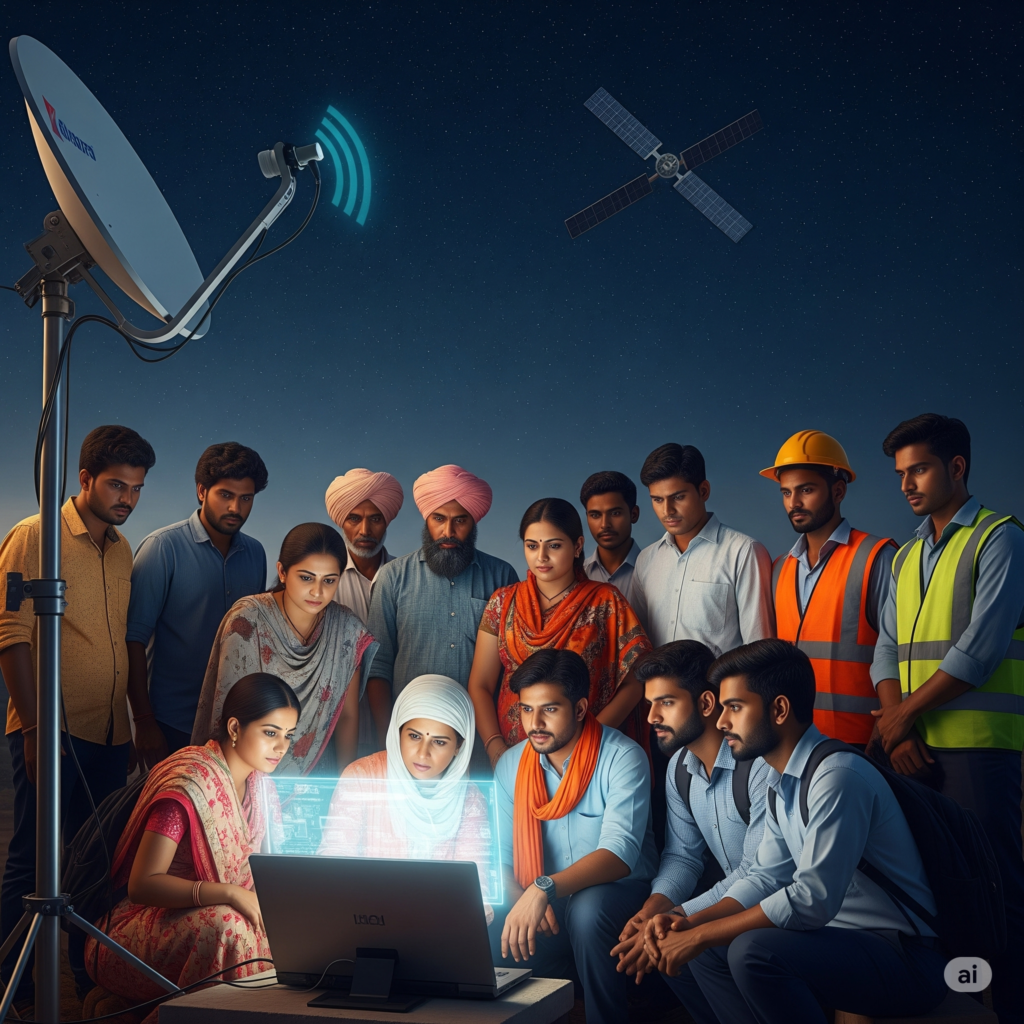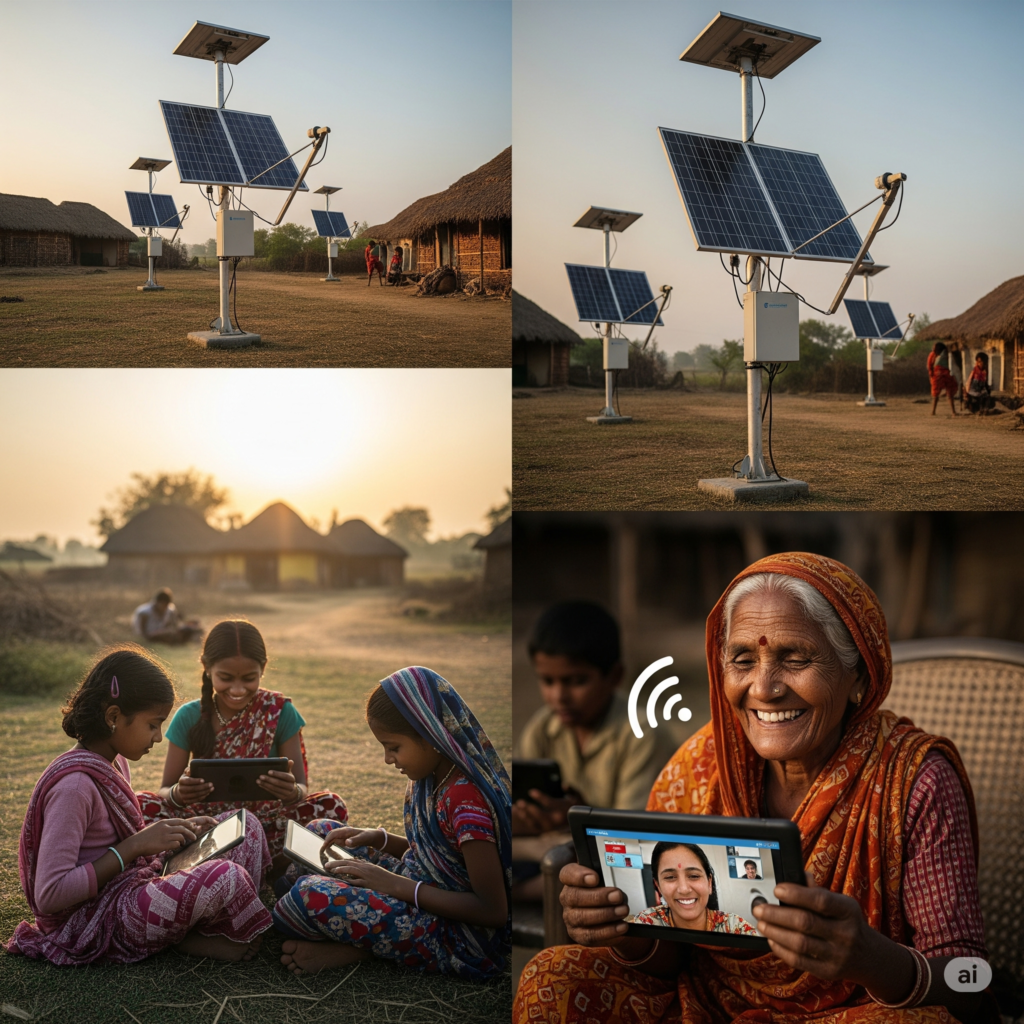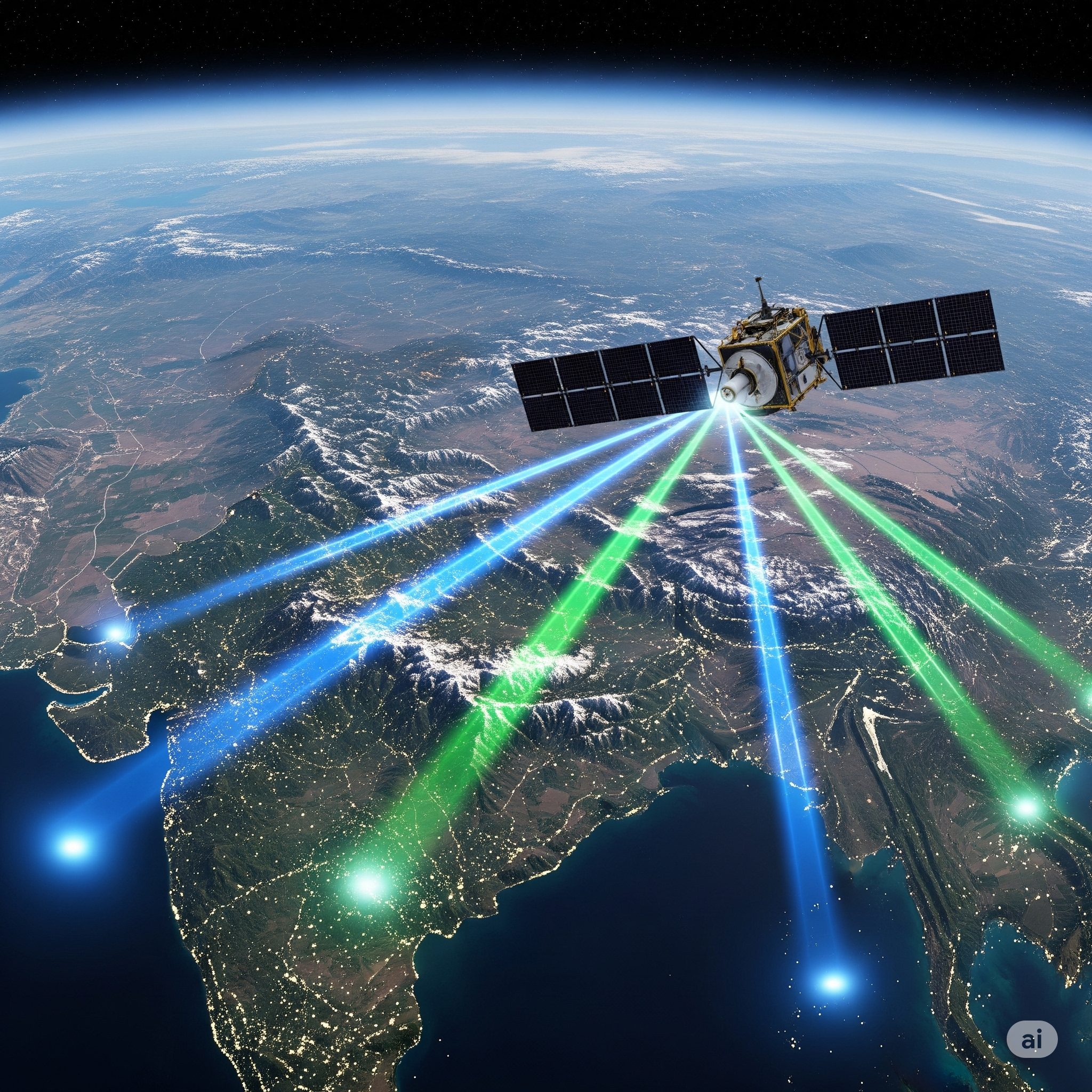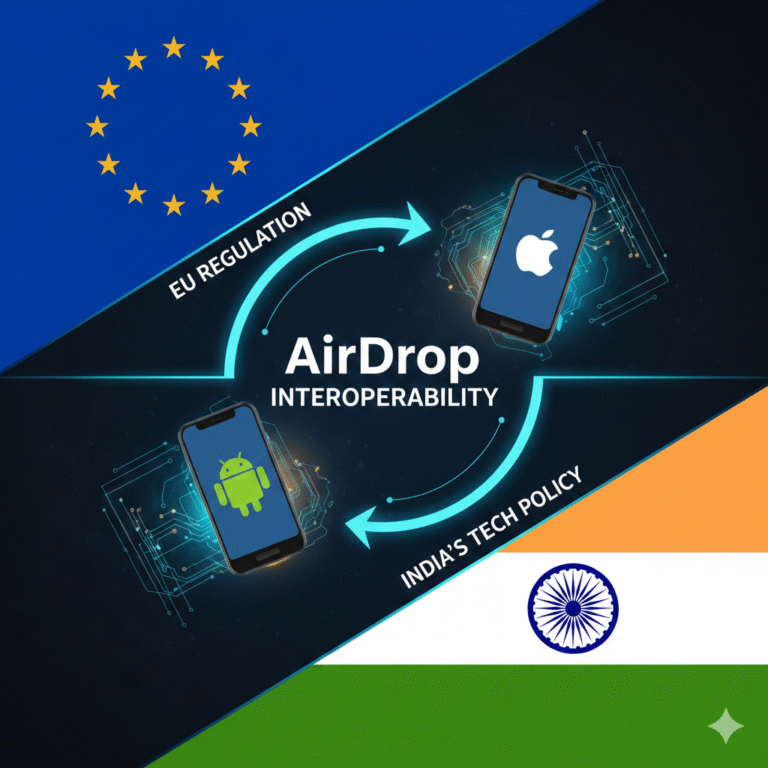India’s digital transformation has made significant strides in the past decade. Yet, the digital divide remains a persistent barrier, especially in remote and underserved regions. According to the Internet and Mobile Association of India (IAMAI), over 44.7% of India’s population still lacks internet access, primarily due to infrastructure limitations.
The recent approval of SpaceX’s Starlink to operate in India presents a game-changing opportunity to address this gap. Alongside Bharti Airtel’s Eutelsat OneWeb and Reliance Jio’s partnership with SES, Starlink marks one of three key players in a new era of satellite broadband services in the country.
This blog explores what this means for India’s connectivity future, how satellite internet works, the challenges ahead, and its implications for education, health, agriculture, and the economy.
Understanding Satellite Internet
Unlike traditional broadband, which depends on fibre-optic cables and ground towers, satellite internet transmits data using satellites in Earth’s orbit. Users connect via satellite dishes to communicate with a network of satellites that beam data back and forth from ground stations.
Two types of satellite orbits are important:
- Geostationary Earth Orbit (GEO): 35,786 km above Earth; slower speeds and higher latency.
- Low Earth Orbit (LEO): 500–1,200 km above Earth; faster, lower latency, ideal for real-time communication.
Starlink uses LEO satellites to deliver speeds between 50–200 Mbps with latency as low as 20 milliseconds—comparable to urban fibre broadband.
Why Satellite Internet Matters for India

1. Reaching Remote Areas
Hilly terrains, forests, and islands make it nearly impossible to lay fibre optic cables. Satellite internet can bridge this gap instantly without physical infrastructure.
2. A Boost for BharatNet?
India’s flagship rural broadband initiative, BharatNet, has faced delays, cost overruns, and inconsistent rollouts. Satellite connectivity could serve as a complementary or backup system, especially in areas where terrestrial expansion is unfeasible.
3. Emergency Response and Disaster Relief
During floods, earthquakes, or power cuts, satellite internet offers a resilient and quick-to-deploy communication network for disaster response teams.
Starlink’s Entry: What Changes?
With its approval, Starlink joins JioSpaceFiber and OneWeb as one of the three licensed satellite broadband providers in India. Starlink aims to cover rural households, schools, and medical centres, particularly in the northeastern states, tribal belts, and union territories like Ladakh.
Key Features:
- LEO satellite network of over 5,000 satellites (as of 2025)
- Portable user terminals that can be set up anywhere with a clear view of the sky
- Potential future bundles with solar-powered kits for off-grid regions
Sectoral Impact of Satellite Internet
1. Education
Schools in tribal or Himalayan regions often lack digital access. Satellite internet enables e-learning, digital classrooms, and access to national portals like DIKSHA and SWAYAM.
2. Healthcare
Telemedicine becomes viable for remote health centres. Patients can consult specialists in cities without travel. Diagnostic data can be transmitted in real-time.
3. Agriculture
Farmers can access weather updates, market prices, and agri-advisory services. This is crucial for remote farms in arid and tribal zones.
4. E-Governance and Digital Inclusion
Aadhaar, online banking, pension delivery, and welfare scheme access will become smoother, reducing corruption and delays.
Challenges and Considerations
- High Equipment Costs: Even with subsidies, Starlink kits are priced at ~$500 internationally.
- Regulatory Hurdles: Spectrum allocation, licensing, and compliance with Indian data laws remain areas to watch.
- Cybersecurity Risks: As internet access expands, so does vulnerability to cyberattacks.
- Environmental Concerns: LEO satellites contribute to space debris; calls for responsible deployment and regulation are growing.
The Road Ahead: Integration & Policy

To truly benefit from satellite internet, India must:
- Ensure policy alignment between the Ministry of Electronics and Information Technology (MeitY), ISRO, and TRAI.
- Offer affordable public-private models for rural deployment.
- Promote community-based models where satellite kits are shared by multiple households or institutions.
Conclusion
The arrival of Starlink, combined with homegrown efforts by Jio and Airtel, signals a turning point in India’s internet journey. By overcoming the geographical and infrastructural limits of traditional broadband, satellite internet can usher in a new era of digital inclusion.
For rural students, farmers, doctors, and small entrepreneurs, this technology could be the bridge that finally connects them to India’s growing digital economy.
In the race to connect every Indian, the sky may no longer be the limit—it might just be the starting point.









+ There are no comments
Add yours